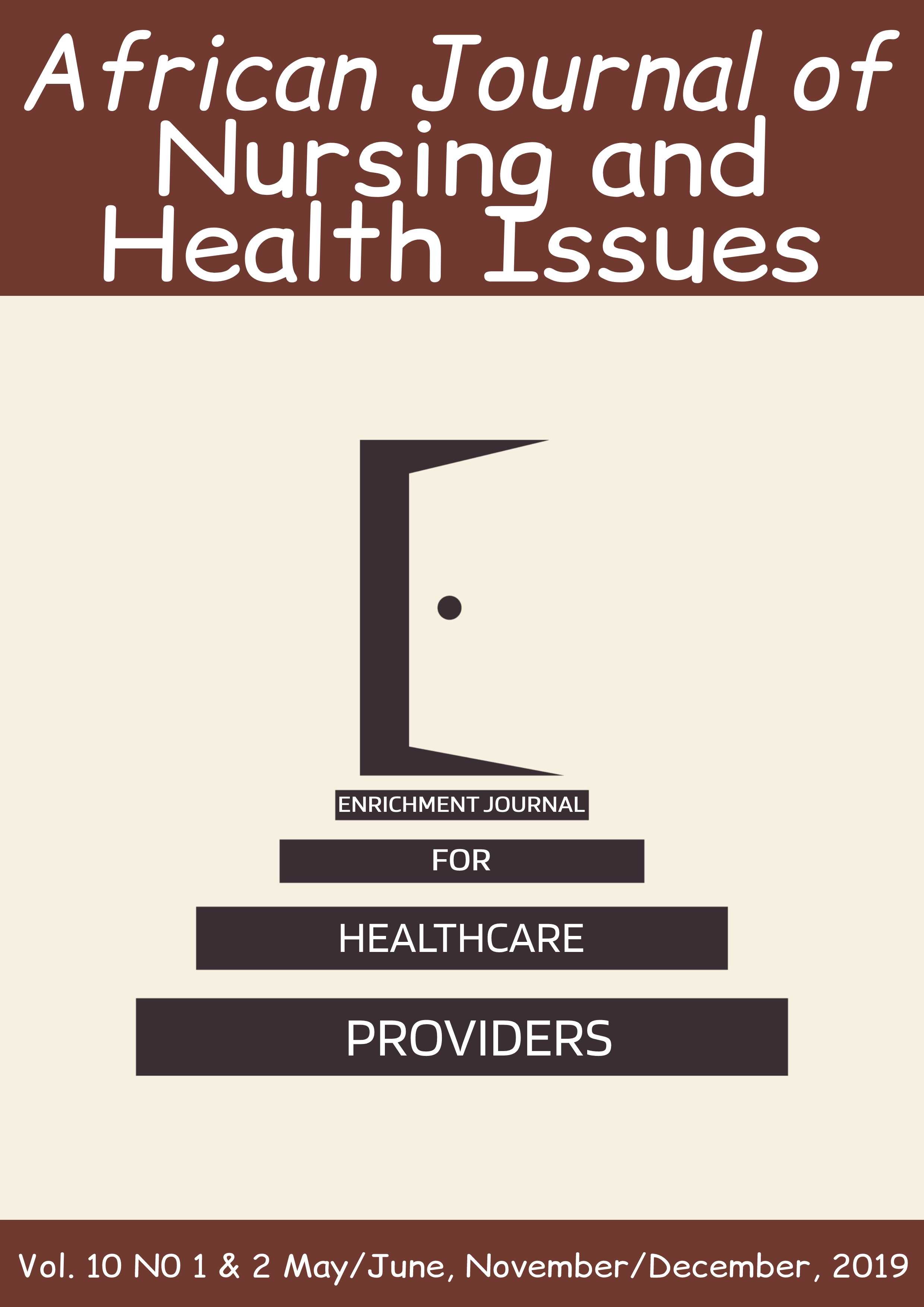
Impact of Poverty on Women and Child Health: A Review of Literature
There has been marked progress on reducing poverty over the past decades. The proportion of the global population living below the extreme poverty line dropped by half between 2002 and 2012, from 26 to 13 per cent and had been dropping. This translated to one in eight people worldwide living in extreme poverty since 2012. Poverty remains widespread in sub-Saharan Africa, where more than 40 per cent of people lived on less than 1.90 US dollars a day in 2012. Despite the progress made in reducing poverty, the number of people living in extreme poverty globally remains unacceptably high. Nigeria had been described by the United Nations as one of the poorest and unequal country in the world, with over 80 million of her population living below poverty line. Poverty and hunger have remained high in rural areas, remote communities and among female. In Nigeria, 37% of children under five years old are stunted, 18 percent wasted, 29% underweight and overall, only 10% of children aged 6-23 months are fed appropriately based on recommended infant and young children feeding practices. Poverty has severe effects on pregnant women and children because these group are the vulnerable group. It is therefore recommended that policy and support for health services that benefit the poor should be solicited, the poor and socially vulnerable (Pregnant women and children) should be protected from the impoverishing costs of health care and Government should provide affordable health care for the poor pregnant women which should include prenatal/postpartum home visiting.
